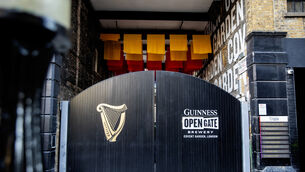Co-op body pushes for reform of dairy sector
Its disclosure follows the publication of a strong two-page document on rationalisation of the milk sector, produced recently by Joe Gill, head of research at Bloxham Stockbrokers.
ICOS said it has held talks with 17 co-ops with a view to streamlining the industry to ensure greater returns on milk for Irish dairy farmers.
















